A cinematographer, also known as a director of photography (DP), is a professional who is responsible for capturing the visual elements of a story in film, television, music videos, and other live-action pieces. They are the ones who work behind the scenes to create the look and feel of a film, including lighting, camera angles, and camera movement. They work closely with the director to ensure that the visual storytelling aligns with the director’s vision.
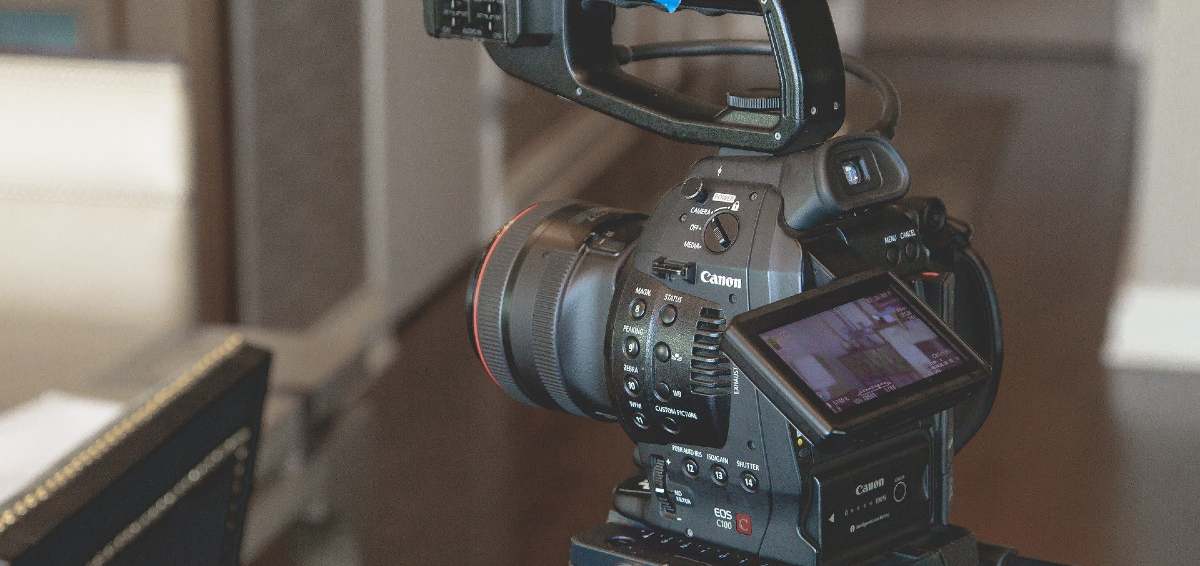
The role of a cinematographer is crucial in filmmaking, as they are responsible for creating the art and science of visual storytelling. They must have a deep understanding of camera and lens choices, lighting techniques, and other technical aspects of filmmaking. They must also have a creative eye and be able to collaborate well with other members of the production team, such as the director, art director, and post-production team.
Here are your key takeaways from this post:
- A cinematographer is responsible for capturing the visual elements of a story in film, television, music videos, and other live-action pieces.
- They must have a deep understanding of camera and lens choices, lighting techniques, and other technical aspects of filmmaking.
- Collaboration with other members of the production team, such as the director, art director, and post-production team, is crucial in creating the look and feel of a film.
What Does a Cinematographer Do?
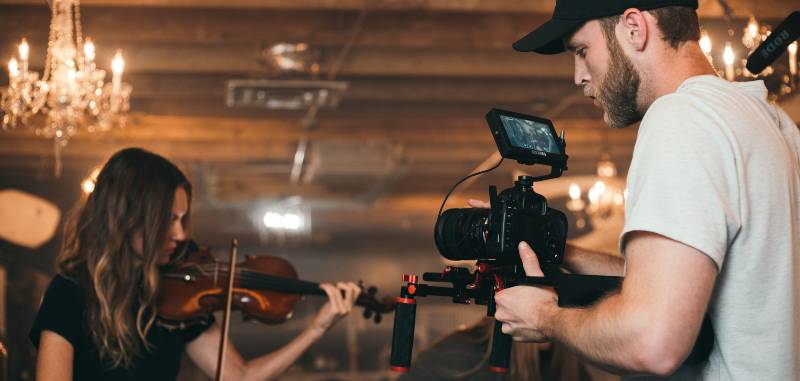
Cinematographers are responsible for several vital elements of the production process, most notably the camera and lighting crews.
They make the technical and creative choices for the film in regards to the camera and lighting.
The cinematographer liaises closely with the director and they are involved in most of the production cycle. This is to ensure they understand the direction of the film and can offer their expertise throughout.
As they’re involved in most of the film’s production cycle, they can advise the crew and collaborate to make the best possible decisions to capture incredible footage.
The key aspects and decisions the cinematographer is typically involved in are:
- Shot composition
- Shot size/angle
- The lens type
- Camera setup and placement
- Shot and camera movement
- Lighting
- Focus
Let’s have a closer look at these key cinematography responsibilities.
Shot composition
The shot composition is how the items and people are arranged within the frame of the shot. This is done to help portray and convey something important in the film.
For example, if you want to add to the idea your protagonist is struggling with money, you will want to dress the scene inside their house to match that.
It adds depth to the character as well as the scene.
Camera angles
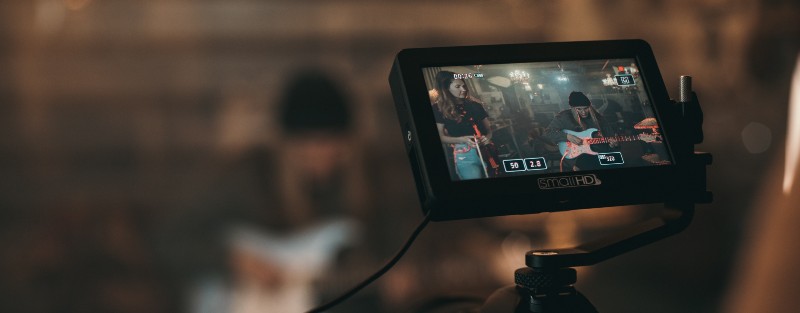
Here is where you decide how much of the scene is actually seen in the shot (excuse the pun). For instance, maybe you are shooting the initial shot for your film and establishing the location. For this, you’d look at using a wide-shot (an establishing shot) to show where it’s taking place.
You may be looking to portray your protagonist’s angst as they’re held up at gunpoint with seconds to answer a question before their heads are blown off. A close-up or an extreme close-up will help portray the characters feeling to the audience with nuance.
The lens type
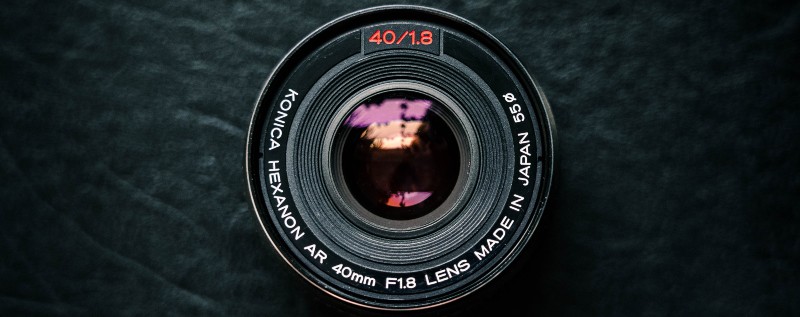
Another crucial element that the cinematographer is tasked with is choosing the right lens. Each lens creates a completely different picture, so the correct lens must be chosen to portray the film correctly.
This also includes relates to the distance of the shot as well as the distortion of the shot. For instance, if you are looking to shoot an extreme close-up in one of the scenes to portray emotion, you will want to use a lens that has a detail-focused zoom to ensure you capture every single skin cell.
Ok, well, that’s a little over the top, but you get where we are going with it. Basically, ensure the lens is the one that matches the atmosphere of the scene and complements the movie’s overall feel.
Camera setup and placement
The camera setup and placement are essential. It helps reveal behaviour and define some of their characters. Whether it’s placed behind the character or in front of the character, it will engage the audience differently.
Shot and camera movement
The camera movement helps to convey the emotion in the scene and can be used to heighten the scene’s atmosphere, especially if you need to create suspense. Moving the camera around with the character can add depth and perspective to the scene.
For example, if the protagonist is walking into somewhere to confront their nemesis. The camera movement speed and angle can help portray the intensity and speed at which the characters travel.
Or, having the camera static can bring an objective feel to the shot.
Lighting
The cinematographer decides on the lighting setup and will map it out in pre production to work out what’s best for each scene.
They will decide on the times each scene will be shot to utilise the natural light. The cinematographer’s light setup will enable the story to be brought to life and create cinematic shots to wow your audience.
Focus
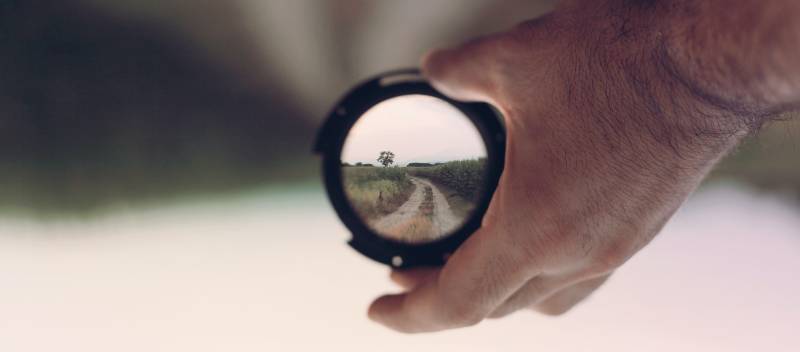
Another part of the cinematographer’s role in the production is to set the focus and ensure it’s set correctly to emphasize an important part of the story.
It can be used in a manner of ways to create atmosphere and emphasis in individual scenes.
The Role of a Cinematographer
A cinematographer, also known as a director of photography (DP), is a key member of the film or television production team responsible for capturing the visuals of a story. They work closely with the director to create the look and feel of the film or television show.
The cinematographer is responsible for choosing the camera equipment, lenses, lighting, and other technical elements of a production. They must have a deep understanding of how to frame and compose shots, adjust camera settings, and ensure the quality and consistency of the footage.
During pre-production, the cinematographer works with the director to develop the visual style of the film or television show. They collaborate on the storyboards and shot lists, and they scout locations to determine the best angles and lighting for each scene.
During production, the cinematographer works closely with the camera operator and lighting team to capture the footage. They must be able to think on their feet and make quick decisions to adjust the camera settings and lighting to achieve the desired look.
In post-production, the cinematographer may work with the editor to ensure the footage is color-corrected and looks consistent throughout the film or television show.
Overall, the cinematographer is a master of their craft and plays a crucial role in bringing a story to life on the big or small screen.
Pre-Production Process
Before the actual filming begins, the cinematographer has to go through the pre-production process. This process involves several tasks that must be completed before the actual shooting can begin. The pre-production process includes tasks such as script review, storyboarding, location scouting, and rehearsals.
The first step in the pre-production process is script review. The cinematographer reads the script to get a sense of the story’s tone, mood, and visual style. This helps the cinematographer determine the lighting, camera angles, and other visual elements that will be used during filming.
Storyboarding is another important part of the pre-production process. Storyboards are visual representations of each shot in the film. They help the cinematographer plan the camera angles, lighting, and other visual elements. Storyboards also help the director and other members of the film crew visualize the scenes before filming begins.
Location scouting is another crucial part of the pre-production process. The cinematographer and other members of the film crew visit potential filming locations to determine the best place to shoot each scene. They consider factors such as lighting, background noise, and accessibility.
Rehearsals are also an essential part of the pre-production process. They give the cinematographer and other members of the film crew a chance to practice the camera angles, lighting, and other visual elements. This helps them identify any potential problems before filming begins.
Overall, the pre-production process is a crucial step in creating a successful film. It helps the cinematographer and other members of the film crew plan each shot and ensure that everything is in place before filming begins.
Cinematography Techniques
One of the most important aspects of cinematography is camera framing. The cinematographer must decide how to frame a shot to convey the intended emotion or message. This can be achieved by choosing the right shot size, which can range from a close-up to a long shot. The cinematographer must also decide on the camera placement and angle, which can affect the viewer’s perspective and create a sense of depth.
Another important aspect of cinematography is shot composition. This involves arranging the elements within the frame to create a visually appealing and meaningful image. The cinematographer must consider the rule of thirds, which divides the frame into thirds both horizontally and vertically, and place the subject or object of interest at one of the intersections. Additionally, the cinematographer must consider the depth of field, which is the range of distances within the frame that are in focus. This can be used to create a sense of depth and focus the viewer’s attention on a particular subject or object.
The use of lighting is also crucial in cinematography. The three-point lighting technique is commonly used, which involves a key light, a fill light, and a backlight. The key light is the primary light source and is used to illuminate the subject or object of interest. The fill light is used to fill in the shadows created by the key light, while the backlight is used to separate the subject from the background and create depth.
These cinematography techniques are essential in creating a visually appealing and meaningful film or television show. A cinematographer must consider various elements, such as camera angles, shot composition, lighting, and framing, to create a cohesive and impactful visual story.
The Art and Science of Lighting
The art and science of lighting in cinematography involves the use of different lighting techniques to create a particular mood or atmosphere for each scene. The lighting sets the tone for the story and helps the audience to understand the emotions of the characters.
The lighting crew, headed by the gaffer, is responsible for setting up and controlling the lights on the set. They work closely with the cinematographer to ensure that the lighting is consistent with the vision of the film. The gaffer is responsible for the placement and rigging of lights, while the lighting technicians operate the lights and adjust them as needed.
Each scene in a film requires a different approach to lighting. For instance, a scene set in a dark alleyway at night would require a different lighting setup than a scene set in a brightly lit office during the day. The cinematographer must work closely with the lighting crew to ensure that the lighting is consistent with the mood and atmosphere of the scene.
The art of lighting involves creating a particular mood or atmosphere through the use of shadows, highlights, and color. For example, a scene set in a horror movie might use harsh, directional lighting to create a sense of tension and fear. Conversely, a romantic scene might use soft, diffused lighting to create a sense of intimacy.
The science of lighting involves understanding the technical aspects of lighting, such as the color temperature of the lights, the angle and direction of the light source, and the use of filters and diffusers. The cinematographer must have a thorough understanding of these technical aspects to ensure that the lighting is consistent and effective throughout the film.
Camera and Lens Choices
Cinematographers are responsible for selecting the appropriate camera and lens combinations to create the desired visual effect for a scene. They must consider the camera’s sensor size, resolution, and dynamic range, as well as the lens’s focal length, aperture, and depth of field.
The choice of camera equipment can significantly impact the final product. For example, some cameras are better suited for low-light conditions, while others are ideal for capturing slow-motion footage. The cinematographer must also consider the camera’s ergonomics and weight, as they may need to operate the camera for extended periods.
When it comes to lenses, cinematographers have a vast array of options to choose from. They can select a prime lens or a zoom lens, depending on the desired effect. Prime lenses have a fixed focal length and aperture, providing a consistent look throughout the film. In contrast, zoom lenses allow the cinematographer to adjust the focal length, providing more flexibility in framing shots.
The choice of lens can significantly affect the visual style of the film. Wide-angle lenses can create a sense of spaciousness, while telephoto lenses can compress the image and create a sense of intimacy. The aperture also plays a critical role in the final image, affecting the depth of field and the amount of light reaching the camera sensor.
In summary, the cinematographer’s choice of camera and lens is critical in creating the desired visual effect for a scene. They must consider the camera’s technical specifications and ergonomics, as well as the lens’s focal length, aperture, and depth of field. By selecting the appropriate camera and lens combination, the cinematographer can create a unique visual style that enhances the storytelling of the film.
Post-Production Process
After the filming is wrapped, the post-production process begins. This stage involves editing the visual and audio materials, adding music, dubbing, sound effects, and more. The goal is to create a cohesive and polished final product that accurately reflects the vision of the director and cinematographer.
One crucial aspect of post-production is the use of visual effects (VFX). VFX can be used to enhance the look and feel of a scene, create new environments, or even add or remove objects or people. A VFX supervisor or engineer is responsible for overseeing the creation of these effects.
Another important role in post-production is the colorist. The colorist ensures that the color and tone of each shot is consistent and true to the style of the film. This can involve adjusting the brightness, contrast, and saturation of each shot, as well as creating a color grade that gives the film a unique look and feel.
In addition to visual elements, post-production also involves creating and adding titles and credits. The title designer is responsible for creating the opening and closing titles, as well as any on-screen text that appears throughout the film. The credits designer is responsible for creating the end credits, which list the cast and crew involved in the production.
Overall, post-production is a crucial stage in the filmmaking process. It is where the raw footage is transformed into a polished final product that can be enjoyed by audiences around the world.
Collaboration in Filmmaking
Collaboration is an essential component of filmmaking. It involves the coordination and cooperation of various teams and departments to bring a director’s vision to life. Cinematographers play a crucial role in this process. They work closely with the director, production designer, art director, and set designers to ensure that the visual elements of the film are aligned with the story.
During pre-production, the cinematographer collaborates with the director to understand their vision and translate it into a visual plan. This involves studying the script, creating storyboards or shot lists, and conducting location scouts to determine the best visual approach for each scene. The cinematographer also works with the production designer to ensure that the set design and the lighting complement each other.
Once filming begins, the cinematographer is responsible for blocking and staging the shots. They work closely with the director to determine the composition, framing, and camera movement of each shot. The cinematographer also works with the camera and lighting crews to ensure that the shots are executed according to the visual plan.
Collaboration between the cinematographer and the production designer is what gives a film its “look.” The production designer is responsible for creating the overall visual style of the film, including the sets, costumes, and props. The cinematographer works with the production designer to ensure that the lighting and camera angles enhance the visual design of the film.
Collaboration is a crucial aspect of filmmaking, and cinematographers play a vital role in this process. They work closely with the director, production designer, art director, and set designers to ensure that the visual elements of the film are aligned with the story. Through their collaboration, they create a visual language that enhances the storytelling and brings the director’s vision to life.
Cinematographers in the Industry
Cinematographers play a crucial role in the film and television industry. They are responsible for capturing the visual elements of a production, including lighting, framing, and camera movement. Cinematographers work closely with directors, producers, and other members of the production team to ensure that the creative vision is realized on screen.
International Cinematographers Guild
The International Cinematographers Guild (ICG) is a professional organization that represents cinematographers, camera operators, and other industry professionals. The guild provides resources and support to its members, including training programs, networking opportunities, and access to industry events. The ICG also advocates for the rights and interests of its members, working to improve working conditions and ensure fair compensation.
American Society of Cinematographers
The American Society of Cinematographers (ASC) is another professional organization that represents cinematographers in the United States. The ASC was founded in 1919 and has since become one of the most respected and influential organizations in the industry. The society promotes the art and craft of cinematography and provides educational and networking opportunities to its members.
British Society of Cinematographers
The British Society of Cinematographers (BSC) is a professional organization that represents cinematographers in the United Kingdom. The BSC was founded in 1949 and has since become a leading authority on cinematography in the UK. The society provides resources and support to its members, including training programs, networking opportunities, and access to industry events.
International Federation of Cinematographers
The International Federation of Cinematographers (IMAGO) is a global organization that represents cinematographers from around the world. The federation promotes the art and craft of cinematography and provides educational and networking opportunities to its members. IMAGO also advocates for the rights and interests of cinematographers, working to improve working conditions and ensure fair compensation.
Roger Deakins

Roger Deakins is one of the most respected and influential cinematographers in the industry. Deakins has worked on films such as Blade Runner 2049, Skyfall, and No Country for Old Men. Deakins has won numerous awards including an Oscar for best cinematographer for his work in Blade Runner 2049.
Wally Pfister
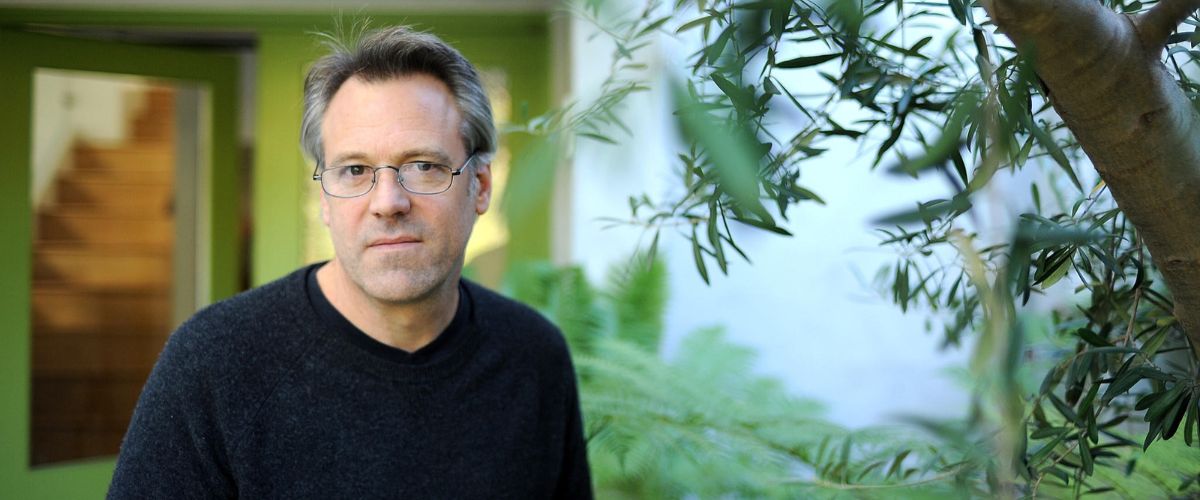
Wally Pfister is also another awesome cinematographer. Pfister has worked on films such as The Dark Knight, Inception, and Memento. Pfister won an Academy Award for Best Cinematography for Inception (2010).
Overall, cinematographers play a vital role in the film and television industry. They are responsible for capturing the visual elements of a production and working closely with other members of the production team to ensure that the creative vision is realized on screen. Professional organizations such as the ICG, ASC, BSC, and IMAGO provide resources and support to cinematographers, while respected professionals such as Deakins and Pfister serve as inspirations to aspiring cinematographers around the world.
Education and Career Path
Becoming a cinematographer requires a combination of technical and creative skills. While there is no direct path to becoming a cinematographer, most professionals in this role have an undergraduate degree in film, video production, cinematography, photography, visual effects, or a closely related field. Some aspiring cinematographers choose to attend film school or take courses in cinematography to gain the necessary skills and knowledge.
Attending film school can provide aspiring cinematographers with a solid foundation in the technical aspects of filmmaking, including lighting, camera techniques, and composition. Film schools also provide opportunities for students to network with industry professionals and gain hands-on experience working on film sets.
Another option for those interested in pursuing a career as a cinematographer is to take online courses or attend workshops. MasterClass offers an online course taught by award-winning cinematographer, Roger Deakins. The course covers a range of topics, including camera techniques, lighting, and working with directors.
If you want a peek into the vision of Roger Deakins, have a watch below which outlines a few snippets of films he has worked on.
After completing their education or training, aspiring cinematographers often start their careers as camera assistants or grips, working their way up to become cinematographers. As they gain experience, they may specialize in a particular genre or style of filmmaking, such as documentaries, music videos, or feature films.
How Much Does a Cinematographer Make
The salary of a cinematographer can vary depending on their level of experience, the type of project they are working on, and their location. According to the Bureau of Labor Statistics, the median annual wage for camera operators, including cinematographers, was $58,670 in May 2020. However, the highest 10 percent earned more than $109,920, while the lowest 10 percent earned less than $27,810.
What is the highest salary of a cinematographer?
The highest-paid cinematographers can earn several million dollars per film, but these are typically high-profile projects with large budgets. According to Celebrity Net Worth, the highest-paid cinematographer in Hollywood is Janusz Kaminski, who has a net worth of $25 million.
Cinematography in Different Mediums
Cinematography is an essential aspect of storytelling in various mediums such as television production, music videos, and films. A cinematographer’s role is to capture the visual narrative of a story through the use of lighting, camera angles, and movement.
In television production, cinematography plays a crucial role in creating the mood and atmosphere of a show. A skilled cinematographer can use lighting and camera techniques to evoke different emotions in the audience. For example, a dark and moody lighting scheme can create a sense of tension and suspense, while a bright and colorful scheme can evoke a feeling of happiness and joy.
Music videos are another medium where cinematography is of utmost importance. The music video cinematographer must capture the essence of the song and create a visual representation that complements the music. The cinematographer must use different camera angles and movements to create a dynamic and engaging visual experience for the audience.
In spotlight events, such as award shows or live performances, the cinematographer must be able to capture the action while also creating a visually stunning experience for the viewers. They must use a variety of camera techniques to capture the performances from different angles and create a sense of movement and excitement.
Cinematography is an essential aspect of storytelling in various mediums. Skilled cinematographers can use lighting, camera angles, and movement to create a visually stunning and emotionally engaging experience for the audience.
The Final Cut
So as you can see Cinematography is a beautiful part of the filmmaking process that takes a tremendous amount of skill and a keen eye for the shots. That said, if you are interesting in becoming a cinematographer – then go for it! Start taking online classes and get involved with student projects to gain some experience.
Continue your journey with Cinematography and have a look at some other articles below.
- Panning in Film: What is a Pan Shot
- What is shutter speed
- How to Improve Shot Composition in Film
- The Top 12 Cinematography Tips You Must Know as a Filmmaker
Frequently Asked Questions
What is a cinematographer vs cameraman?
While the terms are often used interchangeably, there is a difference between a cinematographer and a cameraman. A cameraman is typically responsible for operating the camera during a shoot, while a cinematographer is responsible for the overall visual style of the film. Cinematographers work closely with the director to create the look and feel of a film, while cameramen are responsible for capturing the action on camera.
What are the skills required to be a cinematographer?
Cinematographers need a range of technical and creative skills to be successful. They must have a strong understanding of lighting, camera equipment, and composition, as well as the ability to work well under pressure and collaborate with a team. Creativity, attention to detail, and the ability to think outside the box are also important qualities for a cinematographer to have.
Cinematographers are a vital piece of the filmmaking puzzle, but often, the question “what is a cinematographer and what do they do?” is asked. Fear not, in this article; we will answer this for you.
We will look into the definition of a cinematographer and breakdown their key responsibilities in detail, and link relevant articles to each aspect to ensure you get the most out of it!
Let’s delve a bit deeper.
What is a cinematographer?
A cinematographer or a director of photography (DOP) is the head of the lighting and camera crew. They are responsible for giving artistic direction on anything to do with the image of the tv show or film.
The cinematographer will also make technical calls when it comes to the imagery of the film. This includes the choice of camera, lenses, filters, etc. This has to be in accordance and agreement, usually with the director.
However, many directors allow free rein and let the cinematographer select what they feel will best capture the movie.
READ MORE: The top 12 cinematography tips you MUST know as a filmmaker